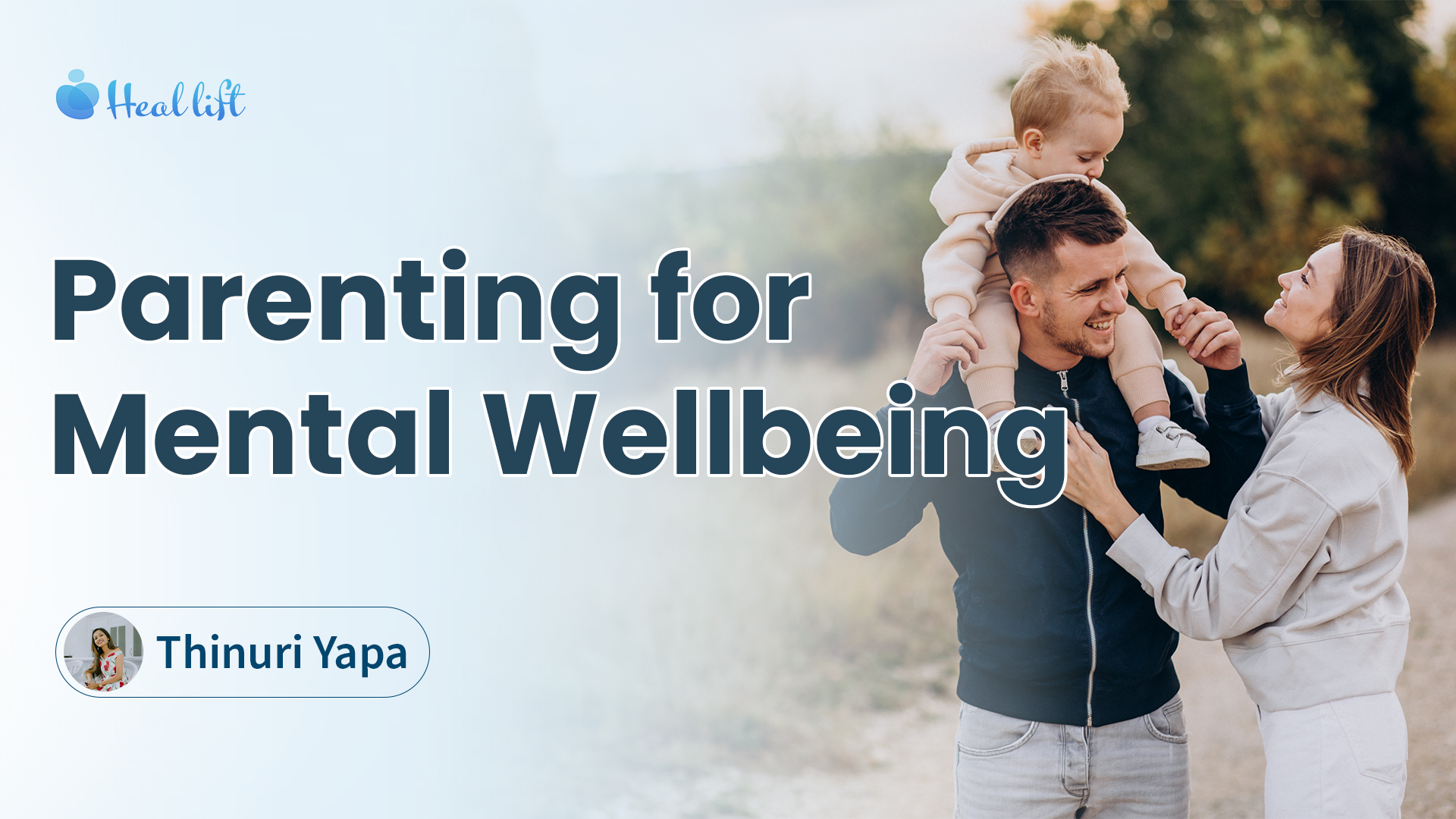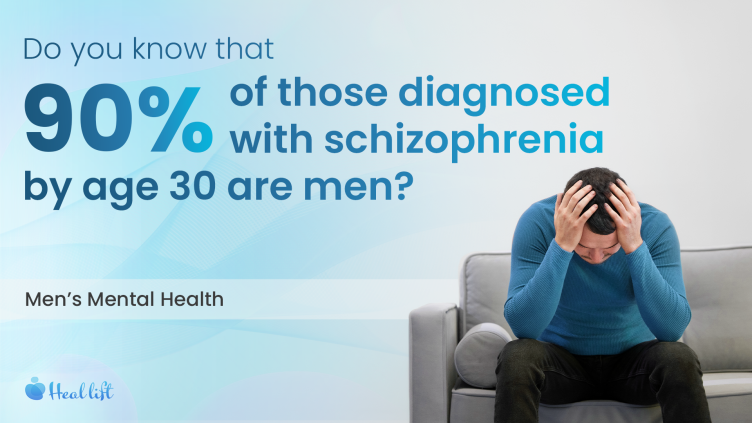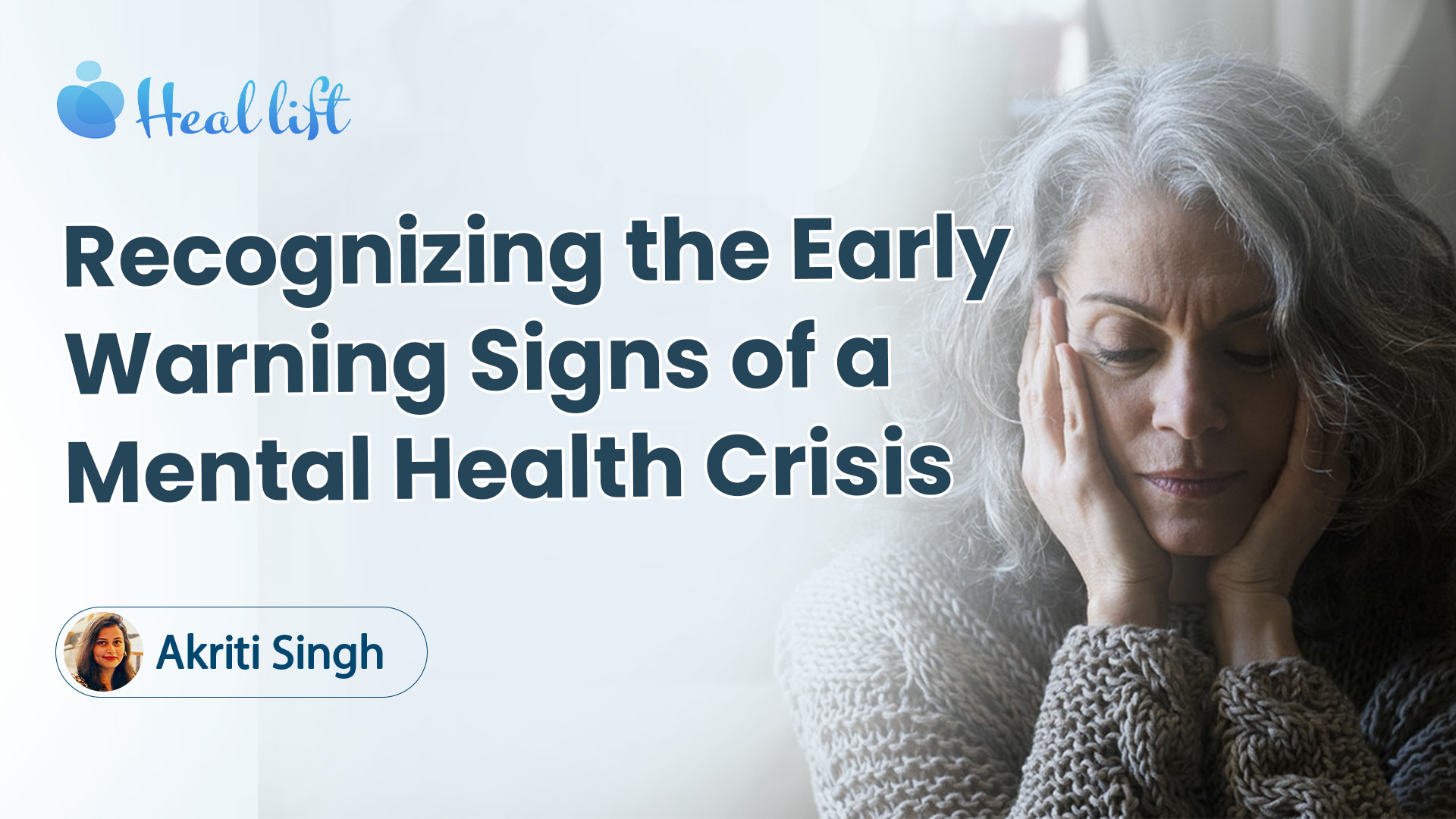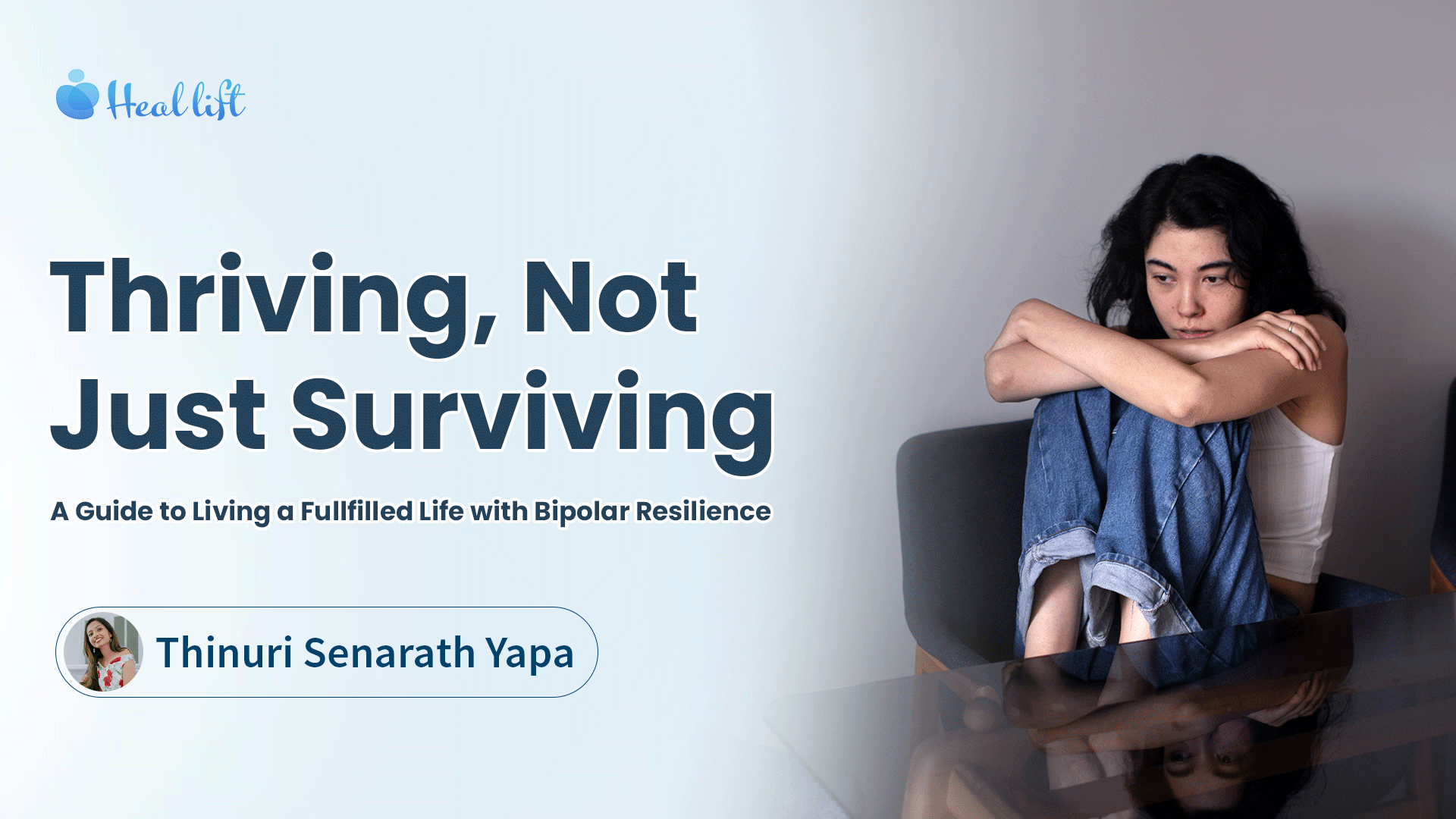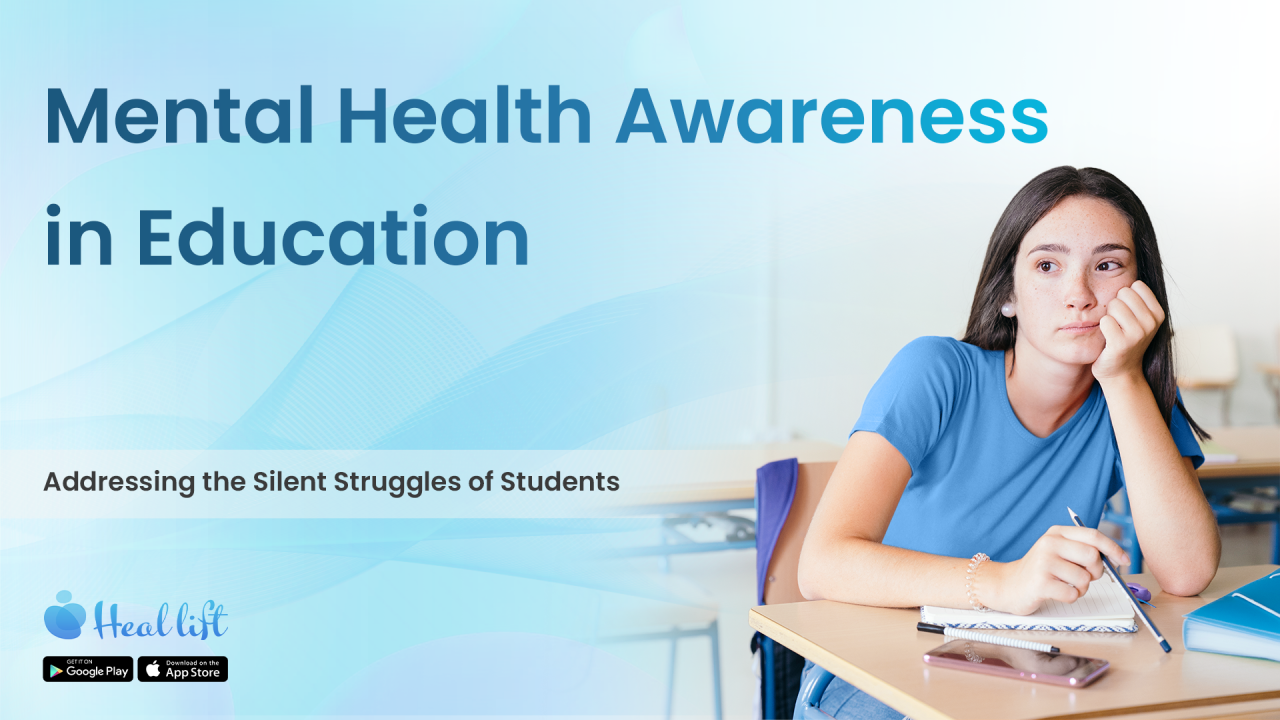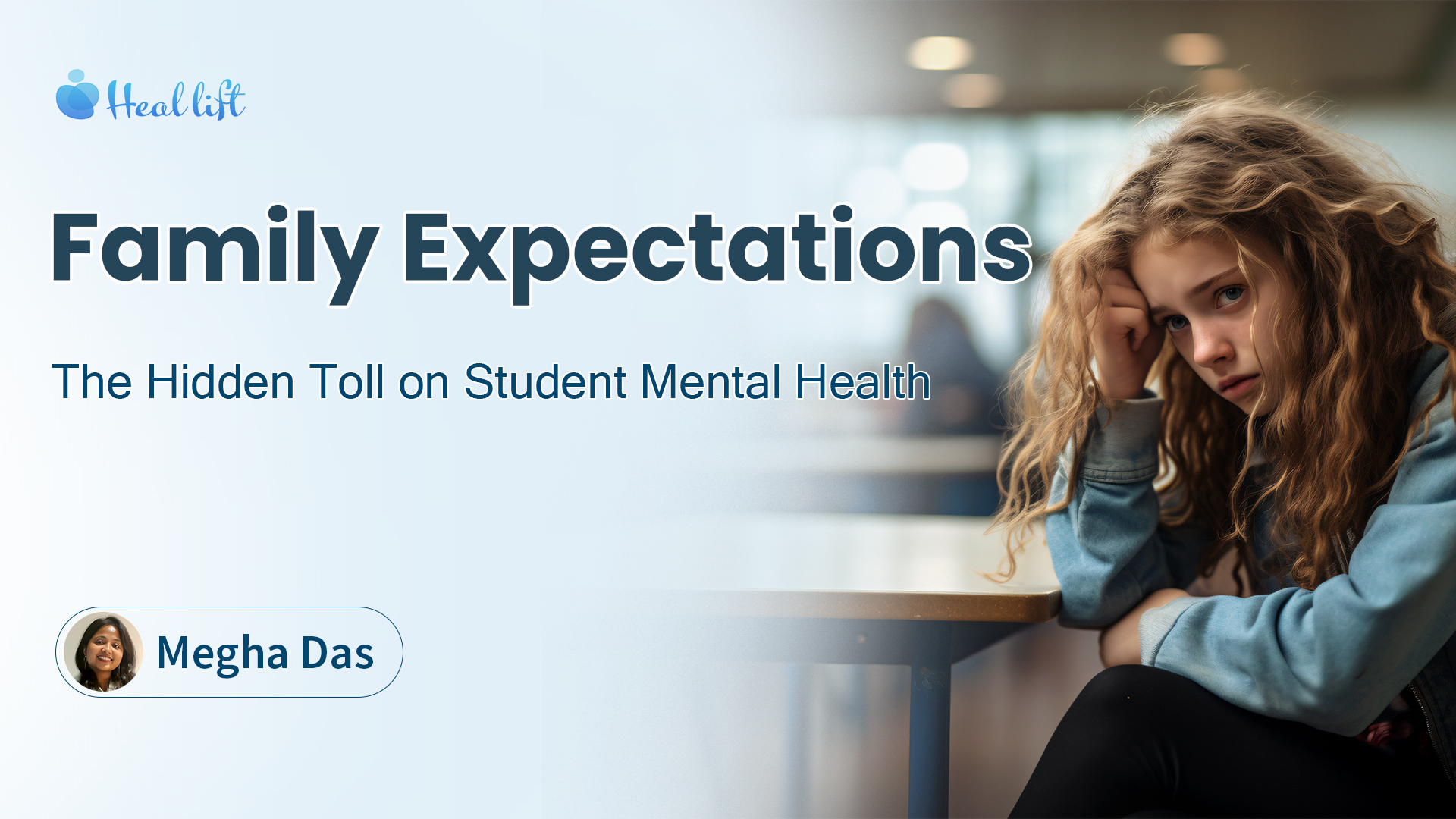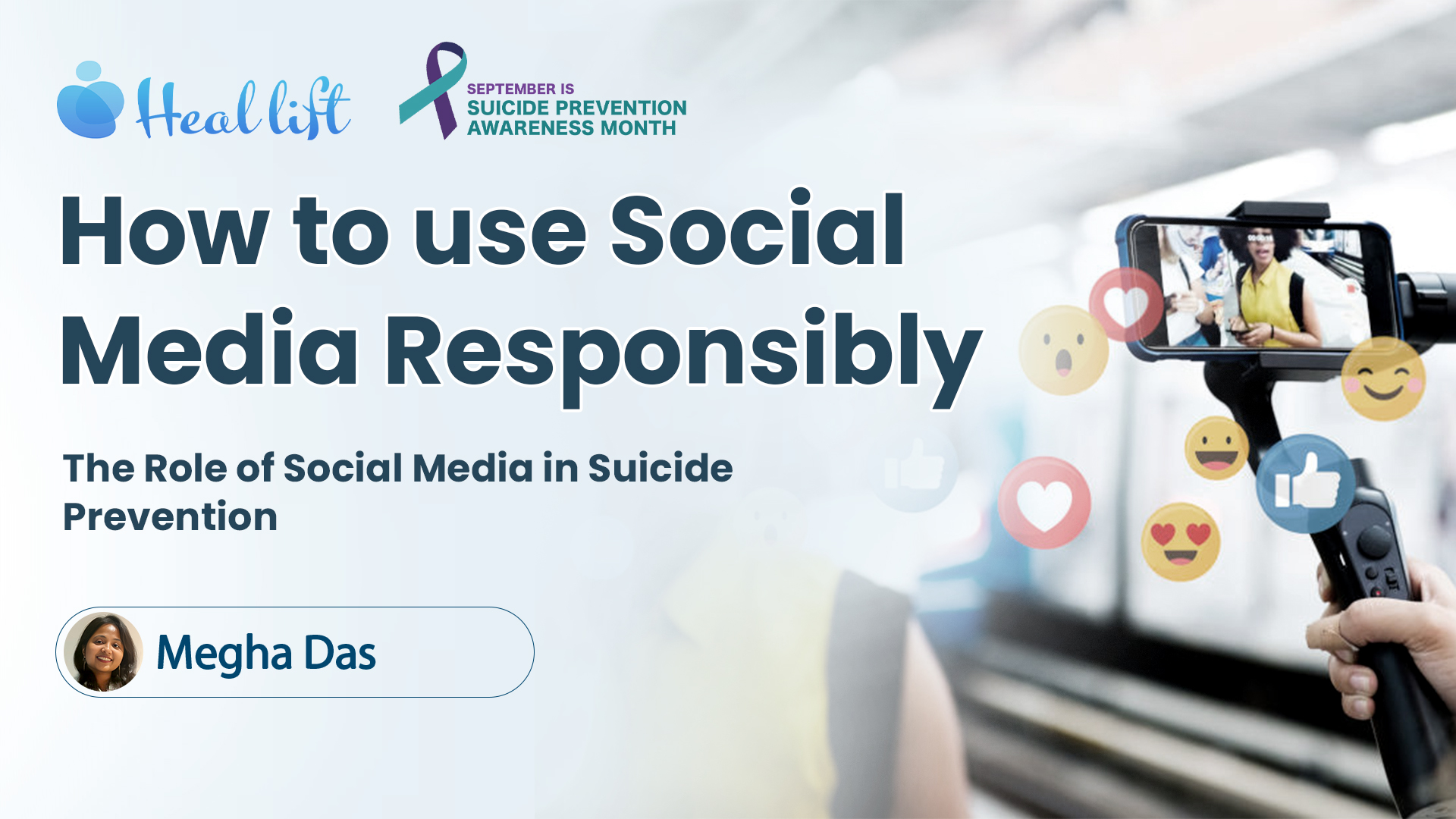Sandumini Nimashi
-
01 Feb 2024
The Invisible Scars : Understanding Post-Traumatic Stress Disorder - Part I
What is PTSD?
PTSD, short for Post-Traumatic Stress Disorder is a mental health challenge that can arise in some individuals who have undergone or witnessed a traumatic event. Imagine a scenario where you find yourself in a situation that shakes you to your core - a moment of shock, fear, or danger. It is natural for your body to react with fear or distress, activating the primal "fight or flight" response to protect yourself. But what happens when the dust settles, and the threat has passed, yet the effects linger?
For some individuals, the aftermath of a traumatic event can be profound, disrupting their daily lives, making it difficult to function normally. This is where PTSD comes into play, capable of significantly affecting a person's mental and emotional health, along with their overall quality of life. Therefore, recognizing signs of PTSD, necessitating professional diagnosis and intervention is crucial to effectively address and manage the condition.
Who Can Get Diagnosed With PTSD?
Many of us will face at least one traumatic event in our lives, potentially leading to PTSD. Factors contributing to trauma often lie beyond our control. According to the National Center for PTSD, direct exposure or injury increases the likelihood of developing PTSD. Furthermore, gender can play a role there: women are more prone to sexual assault, while men are higher at risk of experiencing accidents, physical assault, combat or witnessing death. However, it is crucial to acknowledge that trauma knows no boundaries such as race, ethnicity, religion, sexuality, disability, or social status.
What Are the Symptoms Of PTSD?
PTSD symptoms can be like stealthy ghosts, sometimes appearing right after a traumatic event, while other times lurking in the shadows, waiting to reveal themselves months or even years later. They are sneaky, too, which may come and go over many years. PTSD symptoms can vary widely from person to person, but they generally fall into four main categories.
1. Intrusive Memory : Symptoms of intrusive memory may include flashbacks, where the traumatic event feels like a recurring occurrence, with nightmares, and distressing memories that pop into your mind unexpectedly.
Ex: Imagine being involved in a serious car accident. Even after the event, flashbacks of the incident may haunt you. For instance, as you drive down the road, the sound of screeching tires, the sensation of impact, and the sight of shattered glass may flood your mind unexpectedly.
2. Avoidance : People diagnosed with PTSD may actively seek to distance themselves from the reminders of the traumatic event, avoiding specific locations, people, or activities associated with trauma. They may also avoid talking about the event entirely.
Ex: If you were involved in a car accident, you may actively avoid situations or places that remind you of the accident, such as driving on highways or passing by the location of the crash.
3. Negative Changes in Thinking and Mood : Experiencing trauma can evoke negative feelings about yourself or the world, leading to a sense of detachment or emotional numbness. You may also have trouble remembering important aspects of the traumatic event and lose interest in activities you once enjoyed. Individuals with PTSD may additionally struggle with feelings of guilt, shame, or blame associated with the event.
Ex: Once being involved in a car accident, you may feel guilty for causing the accident or believe that you are unable to trust others while driving.
4. Changes in Physical and Emotional Reactions (Hyperarousal) : This can include being easily startled or feeling on edge, having trouble sleeping or concentrating, experiencing angry outbursts, and engaging in self-destructive behavior. People with PTSD may also experience physical symptoms such as headaches, stomachaches, or other unexplained pains.
Ex: Once being involved in a car accident, you may experience heightened levels of anxiety/ fear when driving or even when thinking about driving. You may startle easily at sudden noises, such as car horns or sirens, and may have trouble concentrating with feelings of unease or hyperarousal.
It is crucial to acknowledge that experiencing some of these symptoms after a traumatic event is natural. However, if these symptoms persist for more than four weeks while disrupting your daily functioning, it could indicate the presence of PTSD. Additionally, a formal diagnosis of PTSD requires experiencing symptoms from each category. If you or someone you know is displaying symptoms of PTSD, seeking support from a qualified mental health practitioner is important. They can provide guidance, support, and appropriate treatment to help navigate through the challenges of PTSD and promote healing and recovery.

